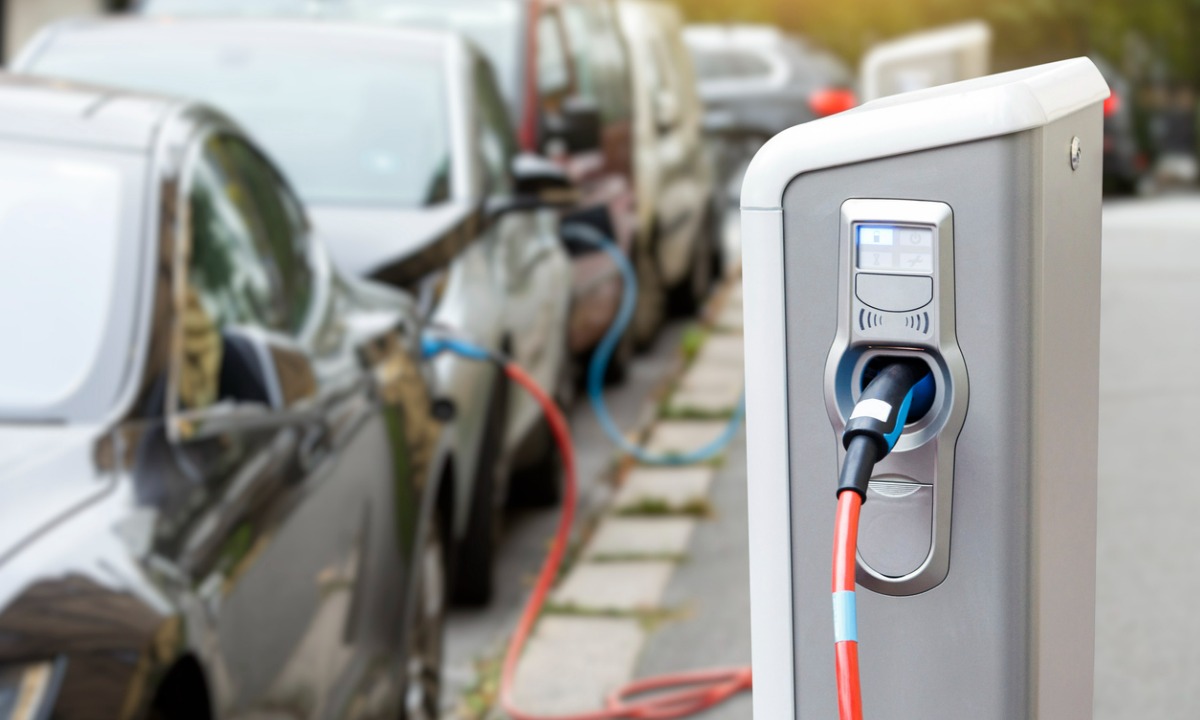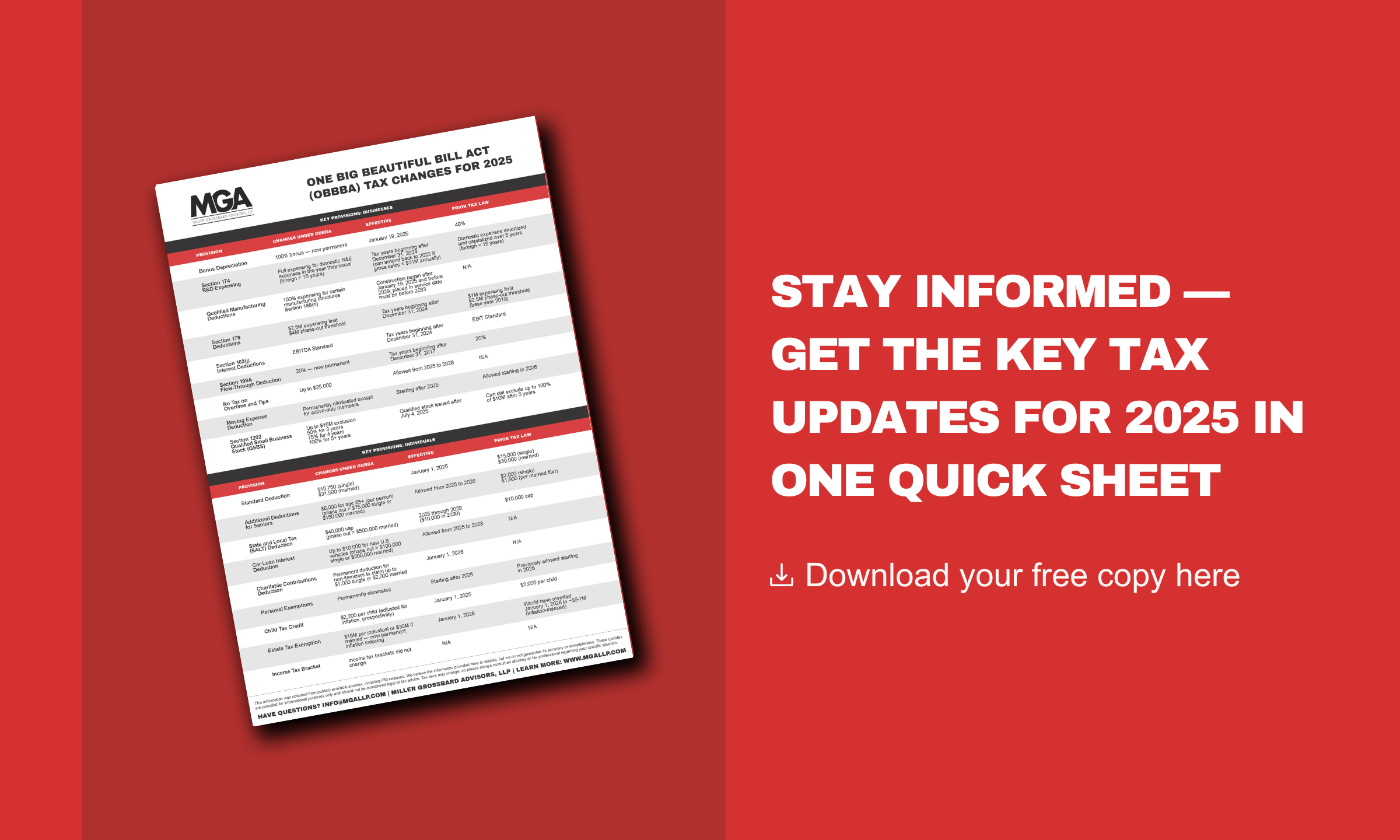The recently passed Inflation Reduction Act made changes to which electric vehicles qualify for the electric vehicle tax credit. Now, only electric vehicles assembled in North America are eligible for the credits.
While we wish it were as simple as that, there are a number of additional provisions affecting the availability of EV credits, many of which go into effect on different dates. Therefore, some vehicles that qualify for tax credits this year may not be eligible in 2023. Others vehicles may have reduced or eliminated tax credits starting in 2024.
Overall, there is a lot of confusion about which vehicles will qualify and when. Here we take a closer look at the new legislation and some clarifications issued by the U.S. Department of the Treasury and the IRS.
How Does the Inflation Reduction Act Change EV Tax Credits?
President Biden’s newly passed legislation:
- Eliminates EV tax credits for vehicles not assembled in North America. Vehicles must also have a battery built in the continent, with the goal of bringing more EV and battery production to the U.S.
- Takes away the EV tax credits for pricey electric vehicles. “Clean” sedans and smaller cars selling for more than $55,000 or SUVs and larger vehicles selling for more than $80,000 will no longer qualify for the credit.
- Does away with the 200,000 vehicle cap, which prevented automotive manufacturers from selling more than 200,000 vehicles in the U.S. with the electric vehicle tax credit.
- Is less strict when it comes to EV tax credits and is now referred to as the “clean vehicle credit” instead, meaning that plug-in hybrids, hydrogen fuel cell vehicles, and other forms of green autos can now qualify for the credit.
- Includes an annual income cap for buyers, so wealthier individuals will no longer qualify for the credit. The income caps are $150,000 for single taxpayers, $225,000 for heads of household, and $300,000 for married couples filing jointly.
- Extends the EV tax credits to used cars that are two or more years old, cost $25,000 or less, and are purchased from a dealer. The credit for used cars is capped at $4,000.
When Do These Rules Go Into Effect, and How Can I Know If an EV Qualifies before Purchasing?
The Inflation Reduction Act was passed on August 16, 2022, and the only EV change that took effect immediately that day was the North American final assembly requirement. The many other provisions will be phased in gradually starting January 1, 2023.
If you want to purchase an electric vehicle this year, it’s essential to consider the new final assembly requirement if you hope to get the tax credit. Here is some helpful information released directly from the IRS:
The Department of Energy has provided a list of Model Year 2022 and early Model Year 2023 electric vehicles that may meet the final assembly requirement.
To identify the manufacture location for a specific vehicle, please search the vehicle identification number (VIN) of the vehicle on the VIN Decoder website for the National Highway Traffic Safety Administration (NHTSA). The website, including instructions, can be found at VIN Decoder.
Bottom Line: It’s Complicated, but We Are Here to Make It Simple for You
It’s unfortunate that many of the provisions phase in at different times, creating a lot of confusion on the subject. However, we are here to help you navigate the ever-changing tax landscape and help shed some light on the gray areas.
If you want to purchase an EV, we encourage you to check out the resources linked above from the IRS for further guidance on which vehicles apply.
If you have any further questions, we are happy to help clarify the new laws passed. Just reach out to us.
As always, we are here to make the complex simple.
Subscribe Now!
Enjoy reading our articles? Click here to receive instant notifications as we publish new blog posts, videos, webinars, white papers, and more. Or, if you'd prefer monthly updates instead, you can subscribe here.
.png?width=191&name=mgalogofinal-01%20(3).png)




